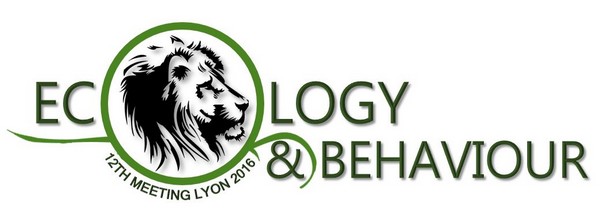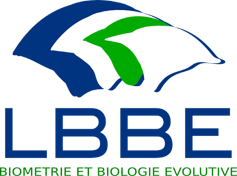2016 Edition > Involved laboratories
Presentation of the laboratories
Laboratory of Ecology of Natural and Man-impacted Hydrosystems (UMR 5023 LEHNA)
The unit of research is constituted of six research teams that focus on three interdisciplinary topics. The Biodiversity and Plasticity in Hydrosystems team studies the mechanisms involved in the functioning of fluvial hydrosystems. The Plant Ecology and Wetlands team is interested in the adaptive and functional responses of plant communities to environmental constraints. The Ecology, Evolution, underground ecosystems team analyzes the natural and men-driven modifications of the environment that impact ecological, behavioural and physiological processes. The impact of contaminants upon ecosystems team focuses on the role of chemical contaminants on biotic and abiotic processes in hydrosystems. Finally, the Biogeography in deep time team aims at characterizing and understanding the patterns, rhythms and modalities of biodiversity variations at different spatio-temporal scales. Furthermore, all these research teams collaborate to work on (1) global changes and biotic interactions, (2) adaptations to global changes/stress and adaptations and (3) interfaces ecohydrology: ecological processes for ecosystem services.
Laboratory of Biometry and Evolutionary Biology (UMR 5558 LBBE)
The LBBE is composed of 4 departments. A first department focuses on evolutionary genetic and genomic. It studies the genetic mechanisms of evolution through the investigation of the evolutionary dynamic of genomes, phylogeny, interaction networks and genetic response of populations in host/parasite interaction situations. A second department is interested in evolutionary ecology aspects and more especially the understanding of the mechanisms responsible for the adaptive dynamic of populations and communities with a phenotypic approach. Several research areas are thus investigated: life history traits evolution, epidemiology of emerging diseases, population behaviour and dynamic, species managing and conservation. A third department gathers the health pole of research teams. This last department, called Bio-maths health, uses modelling tools in epidemiology and clinical research with a population approach. A wide range of thematic are thus covered: infectious diseases epidemiology, therapeutic effects modelling, risk effects biostatistics. Finally, the fourth department genetic, interactions and evolution of genomes focuses on the understanding of the extended genotype and phenotype by studying evolutionary dynamic of individual chimera, the functional analysis of the genotype/phenotype relation and symbiotic relations.




